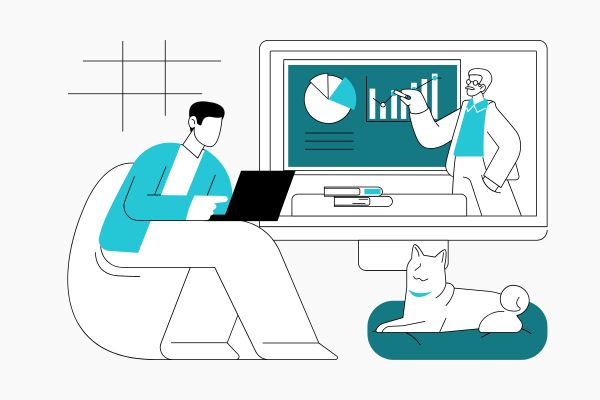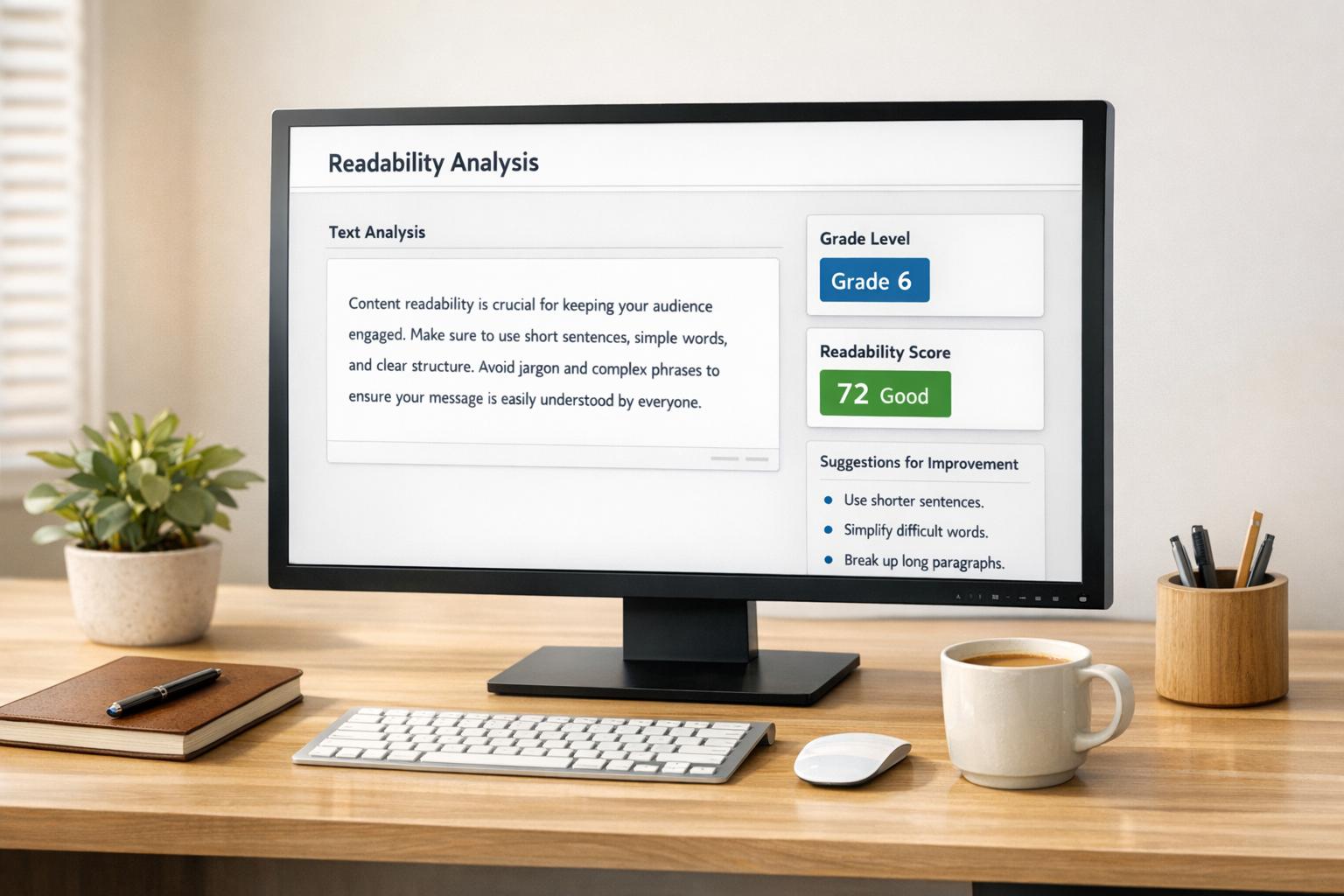

Google Optimize A/B Testing Is Over – Here’s What to Use Now

Google Optimize A/B Testing Is Over – Here’s What to Use Now
 16-04-2025 (Last modified: 06-10-2025)
16-04-2025 (Last modified: 06-10-2025)
When Google pulled the plug on Google Optimize back in 2023, marketers everywhere let out a collective groan. Google Optimize AB testing was free, easy to use, and didn’t require a developer on standby — basically, the A/B testing comfort blanket for thousands of websites.
Fast-forward to 2026 (well almost…), and we’ve learned two big things:
-
Testing didn’t die when Google Optimize did.
-
Better, smarter tools have taken its place.
If you’re still looking for a way to test your copy, buttons, or page layouts without rebuilding your entire site, this guide is for you. We’ll walk you through the best modern alternatives (including PageTest.AI) and share practical testing tips to keep your conversion rates rising.

What Made Google Optimize A/B Testing So Popular?
For a free tool, Google Optimize did a lot. It gave marketers, designers, and even SEO pros the power to run basic A/B and multivariate tests without crying over JavaScript.
Key Features Included:
-
Visual editor for quick front-end tweaks (great for non-devs)
-
A/B, multivariate, redirect, and personalization options
-
Geo-targeting and behavioral targeting
-
Direct integration with Google Analytics (especially GA4)
-
Goal tracking for conversions, engagement, and more
And let’s not pretend that the “free” price tag wasn’t part of its charm.
It made testing accessible for startups, bloggers, in-house marketing teams – basically anyone who wanted to see if a green CTA button really did perform better than a red one.
“Companies that test website elements regularly are 2× more likely to see significant growth in conversions.” HubSpot 2025
But… It Wasn’t Perfect
We loved it, but it had its quirks. Common pain points included:
-
Limited testing capacity (only 5 experiments at once unless you had Optimize 360)
-
Clunky interface for larger or more complex experiments
-
No native support for third-party tools beyond the Google ecosystem
-
Server-side testing? Not a chance.
Still, it was enough to get you optimizing your site like a pro (or at least a very clever amateur).
“A/B testing isn’t about perfection — it’s about progress through data.” Peep Laja, CXL
The Best Google Optimize A/B Testing Alternatives
Now that the tool has vanished, here’s how to keep testing and improving your site – with tools that range from simple to enterprise-grade.
1. PageTest.AI
Best for: Fast, AI-powered content testing without the tech headache.
Why it’s a great Google Optimize A/B testing alternative:
PageTest.AI is built for marketers who want to test things like copy, headlines, and CTAs – without looping in a dev team or wrestling with code. It’s ideal for high-impact changes that don’t require a full redesign.
Features:
-
A/B and multivariate testing
-
AI-generated test suggestions
-
Seamless CMS integration
-
Performance dashboards tied to actual user behavior
Pricing: Free plan available for up to 10,000 impressions. Paid from £29/month for high traffic users.
Pros:
-
Quick to launch tests
-
Lightweight script that won’t slow your site
-
Great for SEO content and landing pages
Cons:
-
Not built for layout or back-end testing (yet)
Example Use Case:
Test headline variations like “Download Now” vs. “Get Your Free Guide” to see which drives more clicks. Let the AI suggest the next round of experiments based on performance data.
2. VWO
Best for: Teams that want all the bells, whistles, and session recordings.
Features:
-
A/B, split URL, multivariate, and server-side testing
-
Heatmaps, form analytics, and user insights
-
Deep targeting options and personalization
Pricing: From ~$200/month
Pros:
-
All-in-one CRO platform
-
Great for full-funnel testing
-
Highly customizable experiments
Cons:
-
Steep learning curve
-
Overkill for smaller websites

3. Convert.com
Best for: GDPR-loving companies who still want robust A/B testing.
Features:
-
A/B and multivariate testing
-
Behavioral targeting
-
Privacy-first approach (no personal data stored)
Pricing: From $99/month
Pros:
-
Very privacy-friendly
-
Reliable support
-
Solid feature set for mid-sized businesses
Cons:
-
Dated interface
-
Not ideal for visual-heavy testing
4. Zoho PageSense
Best for: Small businesses (especially if you’re already using Zoho).
Features:
-
A/B testing
-
Heatmaps and funnel analysis
-
Goal tracking
Pricing: Starts at $16/month
Pros:
-
Affordable
-
Good entry-level tool
-
Integrates with Zoho ecosystem
Cons:
-
Not as powerful as others for complex tests
-
UI can feel basic
5. Optimizely
Best for: Enterprise teams with dedicated dev resources.
Features:
-
Server-side and client-side testing
-
Deep personalization
-
Feature flagging and rollouts
Pricing: Custom (aka expensive)
Pros:
-
Extremely robust
-
Built for scale
-
Flexible testing across platforms
Cons:
- Requires technical team for setup and maintenance
How to Choose the Right Tool Post-Google Optimize
Not all tools are created equal, and picking one depends on:
-
What you’re testing (copy, design, UX, features?)
-
Who’s running the tests (marketers vs. devs)
-
Your tech stack (WordPress? Shopify? Custom-built app?)
-
Budget (be honest!)
If you loved Google Optimize A/B testing for its simplicity, you’ll likely lean toward tools like PageTest.AI or Zoho PageSense.
If you were already stretching the limits of what Optimize could do, VWO or Convert might be a better fit.
Pro Tips to Keep Your CRO Game Strong
-
Always set clear goals before testing.
Don’t test just for the sake of it. Know what metric you want to move. -
Don’t ignore small wins.
Sometimes a headline tweak can lift conversions by 5–10%. That adds up. -
Use tools like Hotjar or Clarity for pre-test insights.
Knowing why users aren’t converting is half the battle. -
Test one thing at a time.
You’re testing a button, not rebuilding NASA. Keep it clean. -
Document your tests.
What worked, what didn’t, and what to try next. It’ll save you time (and sanity) later.
Final Thoughts
The death of Google Optimize A/B testing was a blow, but it’s also a nudge to level up your CRO toolkit. Whether you’re chasing more leads, signups, or sales, the tools out there today offer more flexibility, deeper insights, and faster results than ever.
And hey – if your testing strategy starts with copy, content, and quick wins, we’d love for you to give PageTest.AI a try.
Because testing should be simple. Not something you need a dev team and three espressos to figure out.
FAQs About Google Optimize & A/B Testing
1. Why did Google shut down Optimize?
Google cited a shift in focus toward GA4 integrations and AI-driven analytics. Essentially, they wanted to move resources into automated insights rather than manual testing.
2. What’s the best Google Optimize replacement?
It depends on your needs. For quick, no-code testing with AI-generated variations, PageTest.AI is ideal. For enterprise-level testing with heatmaps and user recordings, VWO or Optimizely may fit better.
3. Is A/B testing still relevant in 2026?
Absolutely. Even with AI-generated SERPs and dynamic content, testing remains the fastest way to learn what real users respond to.
4. Do I need coding skills to run A/B tests now?
Not with modern tools. Platforms like PageTest.AI or Zoho PageSense let marketers launch and analyze tests without touching code.
5. Can A/B testing improve SEO?
Indirectly, yes. Better engagement signals — like longer dwell time and higher click-through rates — help strengthen your SEO performance over time.
say hello to easy Content Testing
try PageTest.AI tool for free
Start making the most of your websites traffic and optimize your content and CTAs.
Related Posts

 27-12-2025
27-12-2025
 Ian Naylor
Ian Naylor
Website Content Readability Checker
Check your web content’s readability with our free tool! Get a score, grade level, and tips to make your text accessible to more readers.

 25-12-2025
25-12-2025
 Ian Naylor
Ian Naylor
Button Color Impact Calculator
Boost conversions with our Button Color Impact Calculator! See how color choices affect user behavior and get tailored tips for your website.

 23-12-2025
23-12-2025
 Ian Naylor
Ian Naylor
Landing Page Headline Generator
Struggling with headlines? Use our free Landing Page Headline Generator to create catchy, tailored titles that convert your audience!
